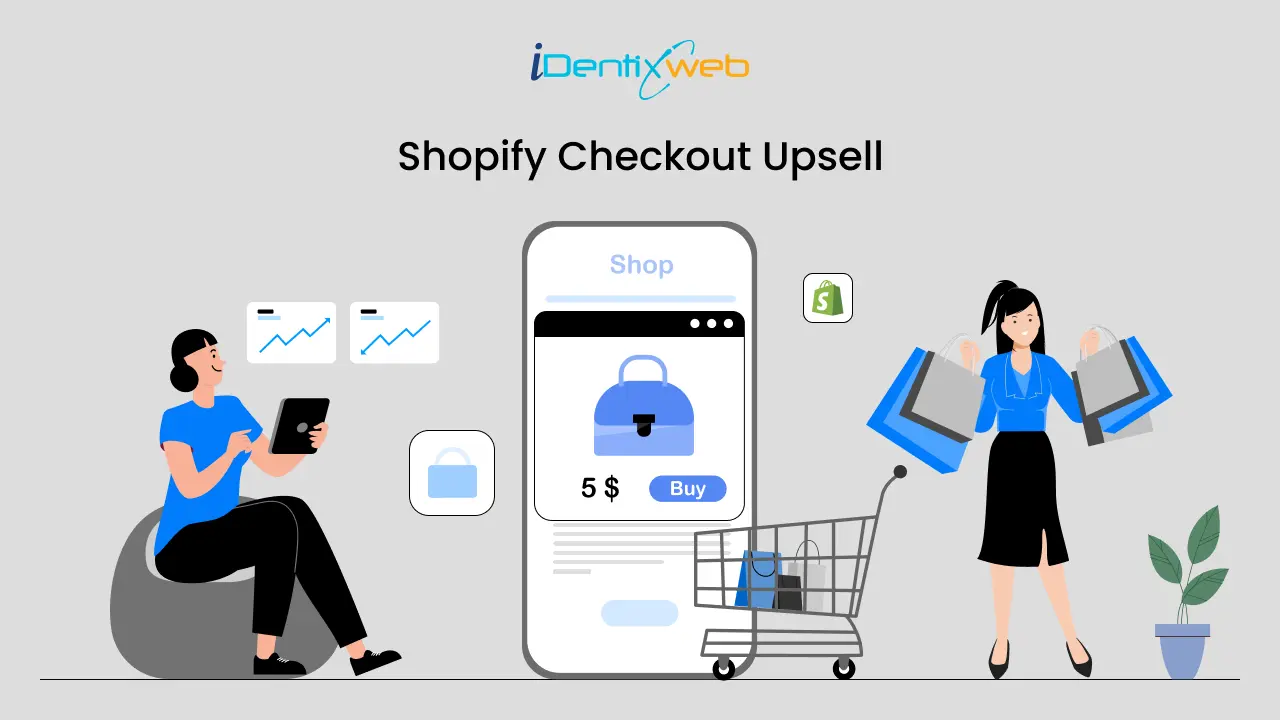
The art of upselling is underused and underappreciated. Many retailers recognize that the hardest part of the job is actually getting customers to commit to your products. Once they do, however, the hardest part is over.
They also recognize that a lot of the time, it’s not about the cost but the value. This is where an upsell comes in. With an upsell, you offer an extra item that they can get at a discounted price (like a sort of bundle). If you offer just the right item (would you like fries and soda with that burger?), you have more than just an extra sale – you have a business model.
Like any other sales-related activity, you can do this right, or you can do it wrong. What do we mean by that? It has to be the right item at the right time, and you need to learn how to show some self-restraint.
Sure, you want them to increase the offer value as much as possible, but you can’t sell them your whole inventory in one go just because they agreed to buy that one (first) item. You also need to offer a discount (so that they feel like they’re robbing you with this deal), but you also can’t go too far, or you won’t make any profit.
Now, it suddenly doesn’t sound so easy, does it?
Fortunately for you, there are some upselling (and cross-selling) methods that you can apply to resolve all of these issues successfully. Here are some essential strategies you should try.
1. Upselling Percentage and Customer Budget
Now, the first thing you need to understand is how much you can upsell. Your customers have a budget in mind. Most of them don’t just come to the site, see the product, and make a purchase. Some of them do the research first.
This means that they already have a figure that they’re willing to spend on the product. They’ve checked out a few sites and now have a rough idea of how much the product is worth. Unless it’s a minor purchase, they’ve already planned their budget for the month and figured out how the figure you’re charging fits the bill.
They don’t consider the checkout upsell because, during their research, they rarely reach the checkout phase.
They may already be surprised by the added delivery cost and taxes. Taken aback, it might be really hard to convince them to make the purchase. This is also one of the reasons why you should definitely be transparent about your costs (not just because it’s a major step to combatting high shopping cart abandonment).
The rule of thumb is that you can upsell your customers by 10-30% of the original cost. Most importantly, you need to calculate whether this is feasible (regarding your own cost).
For this specific task, you want to do your research on platforms like cloud FinOps.
So, what is cloud FinOps?
Simply put, it’s a platform that helps you with financial management. With it, you can align all your costs with business objectives and ensure that you can charge the intended upsell figure.
To put it in even simpler terms, while being able to add Y product to their X purchase at a Z price would be amazing, it may not be financially viable. You need to know this in advance.
2. Finding the Right Product to Offer
In the introduction, we’ve already mentioned an example of how fast food chains offer you extra fries and soda with everything, along with hot sauce, a muffin/donut, and much more. This just makes a lot of sense, which is why fast-food chains can take the liberty of going even over that initial 30% upsell cost (and why they’re so profitable).
Still, what if you’re not in the fast food (or hospitality) industry? Are things more complicated that way? Of course not!
First, you need to know your industry and your customers. Second, you need to know your products.
Ideally, you would offer them an upgrade that they’ll get either way a bit later. Perhaps they’re buying a new laptop and intend to get a bag a bit down the line (in a few months or so); however, what if you offer them a deal they can’t refuse?
That’s right, you play the FOMO card.
They know that this laptop bag you’re offering is 30% off right now. Sure, they don’t have to buy it, but they’ll have to eventually, and they’ll pay the full price (or so they believe).
The best part is just how innocent your role in all of this seems. You’re merely offering them a better deal. You’re more than happy to sell them the original product without anything extra. “You’re just offering them a bit of extra value, to your detriment, because you know they need it.”
A good upsell will always feel like a soft-sell technique. It’s subtle and non-imposing, and they can reject it without any consequences. This makes your customers feel in control every step of the way (and more willing to buy than ever).
3. Picking the Right Timing Makes All the Difference
Upselling is like fishing – you don’t want to spook the customer before they’re hooked.
They’re initially on the fence about buying from you, and the cost is a big factor. Sure, value for their money is far more important, but not initially. Initially, it’s all about the cost.
Think about the previous few big purchases you made. You knew you would make them initially; you just had to schedule these purchases or wait for a special opportunity (a discount or a special event).
So, you wait!
You wait for them to decide that now’s the right time. They come, and they finally make a purchase. Just think about it briefly – it took so much waiting, courage, and calculation. Isn’t it only right if all this sacrifice pays off? Shouldn’t they be rewarded for it with an even better deal?
Strategies to Reward Your Loyal Customers
That’s what the right upsell should feel like – a reward.
They spent all this time calculating and mustering courage, and now that they’re finally making the move, you’re offering them more.
What does this look like in practice? It’s a lot simpler!
Think about an interaction with a fast-food cashier. They won’t ask if you want a larger portion when approaching the register. They first take your order and inform you that you can get a bigger portion for a proportionally small increase in cost.
Moreover, if they do have additional offers (fries, sodas, sauces, etc.), they’ll always make offers one by one (in succession). They won’t just dump it onto you for you to pick and choose. Most importantly, they’ll scale down with each additional offer. First, the portion, then the fries, then the soda, and only then the sauce (each new item is cheaper than the previous one).
4. Don’t be Pushy
Previously, we’ve mentioned that they can just reject the deal if they want, and you need to make it feel this way on the order confirmation page. You don’t want to be too pushy.
As we’ve mentioned, you’re aiming for the soft-sell approach – you’re not selling; you’re merely suggesting. Whether they accept the suggestion is completely up to them; it’s all the same to you if they want to miss out on the amazing offer. After all, you can sell this item separately at the full price; you’re merely trying to do them a favor and reward them for being such a loyal customer. At least, this is what you’re trying to make it feel like.
At the same time, you don’t want to let them go without at least attempting. As we’ve already mentioned, FOMO is a huge factor here. You need to make it abundantly clear that this is a one-time offer. Once they reject and just complete the basic purchase, the offer is off the table. They can’t just return and buy that extra item, service, or feature separately at that same discounted price. Once they come back, it’s the full price.
Even if this is not always the case (there are always discounts and new upselling or cross-selling opportunities), there’s no need to advertise this. Just think about it: Are limited-time deals ever really one-time, or will this sale become available again?
We all know the answer, but have you ever seen a retailer come out and say: “We have a great offer for you, but even if you pass on it, we’ll offer you the same thing this time next month?” Even the idea of this message being real is outright ridiculous, even though it’s undoubtedly true.
Conclusion
Upselling is a great way to boost revenue if you know how to do it effectively. Ultimately, you need to understand how much you can afford to upsell, what kind of improvement to offer, and when to offer it. Without all three, your upselling strategy (while potentially still effective) won’t be optimal. Remember that this is a subtle and non-imposing sales method, so treat it this way. Be persuasive but, in the end, respect their wishes.






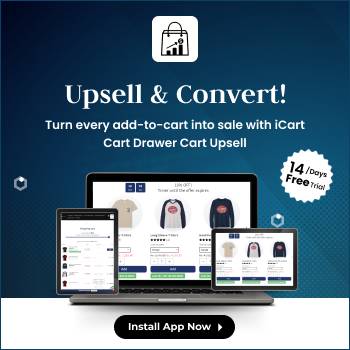
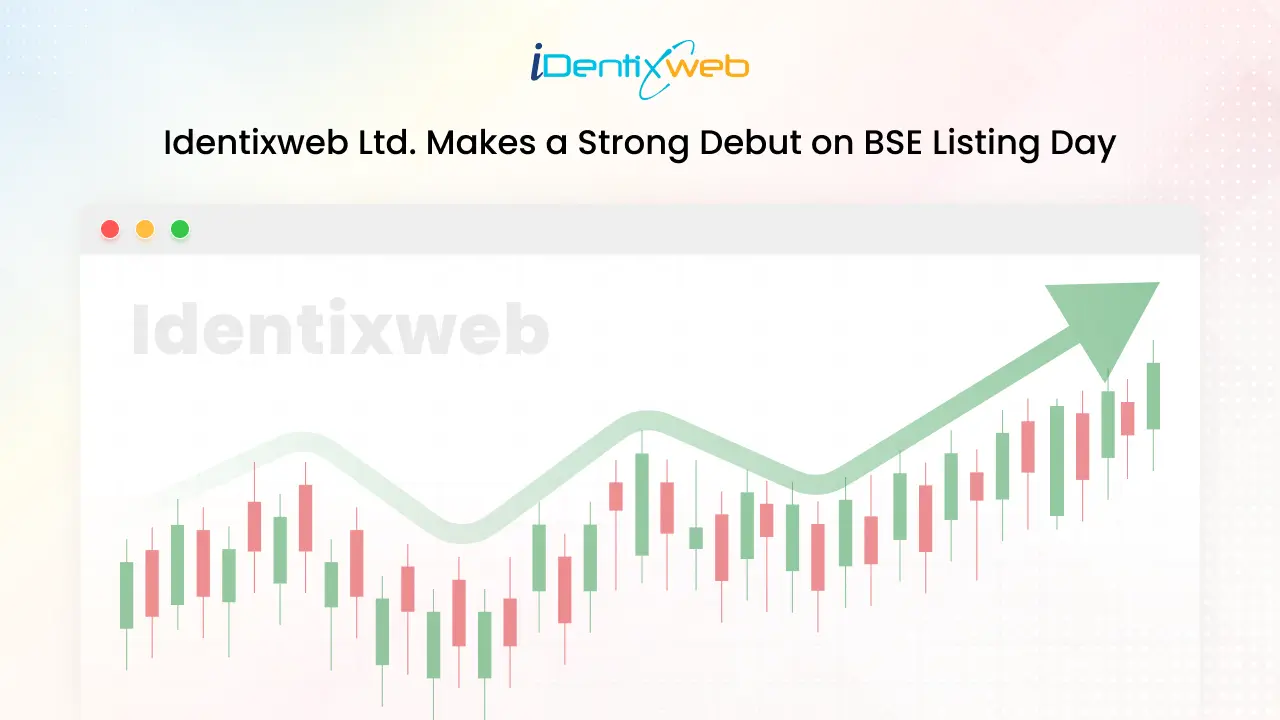

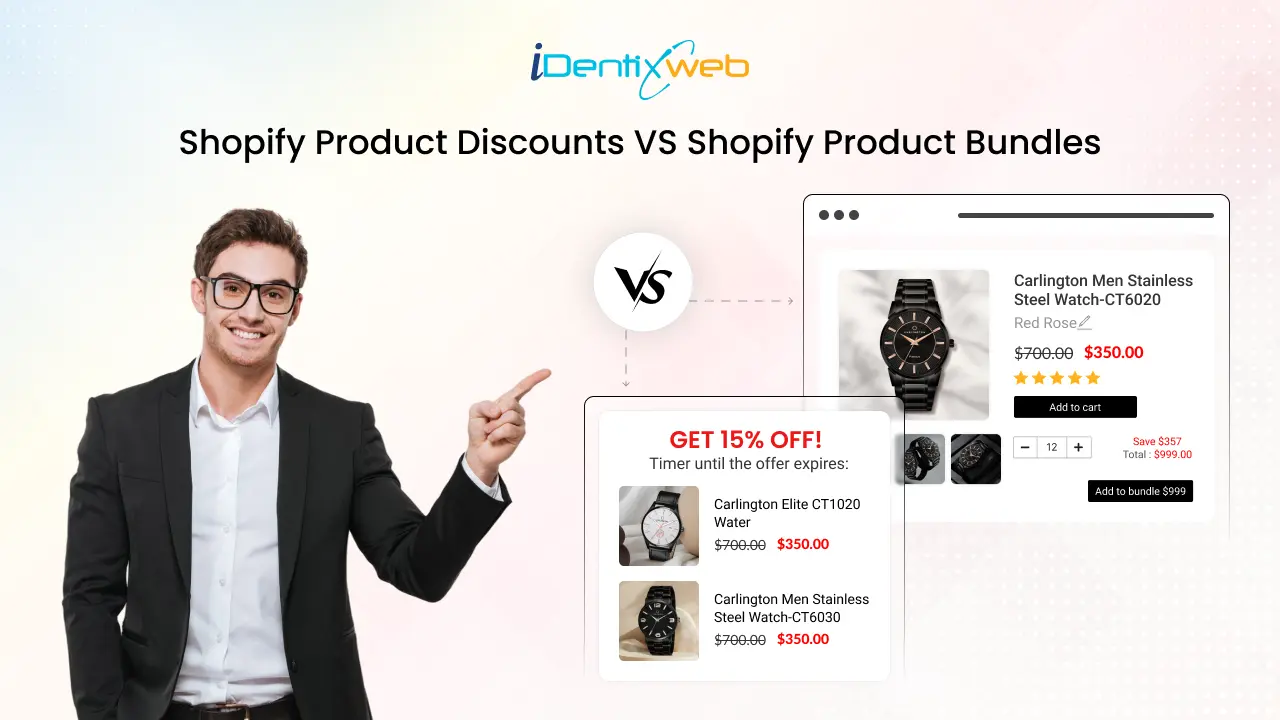
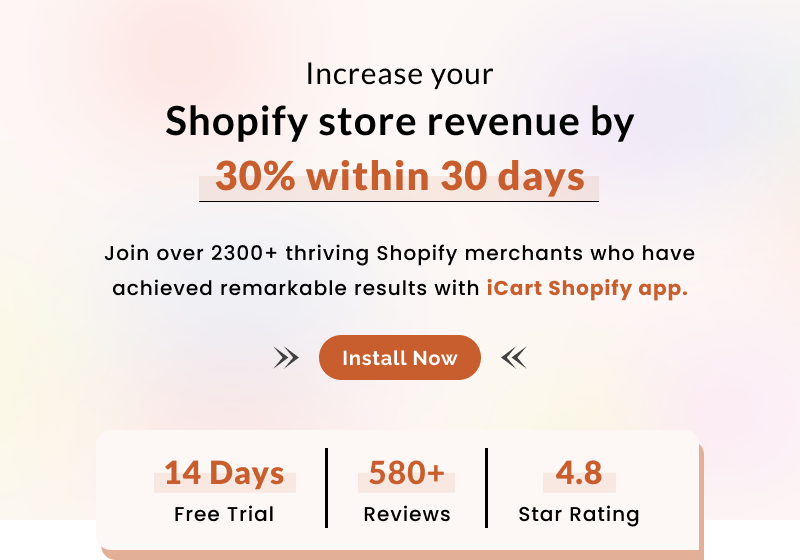
About the author
Srdjan Gombar
Veteran content writer, published author, and amateur boxer. Srdjan has a Bachelor of Arts in English Language & Literature and is passionate about technology, pop culture, and self-improvement. In his free time, he reads, watches movies, and plays Super Mario Bros. with his son.